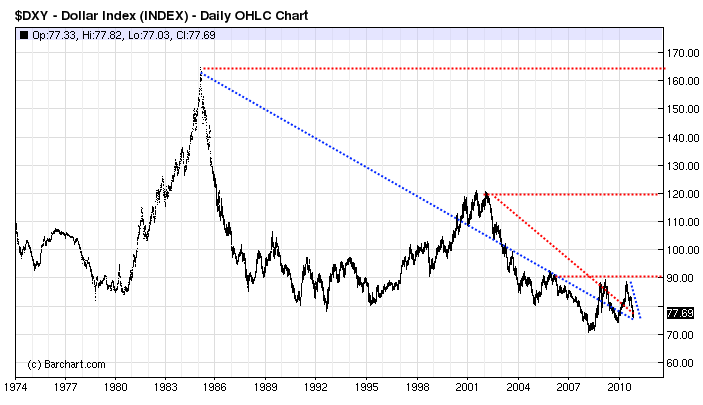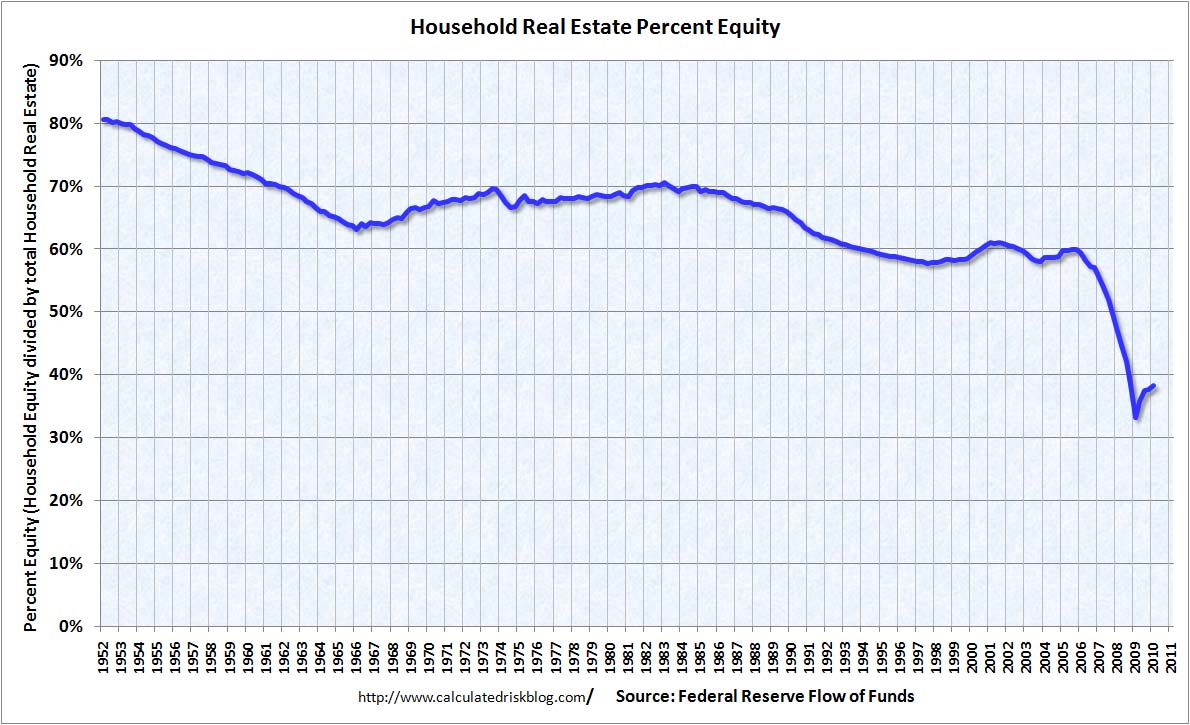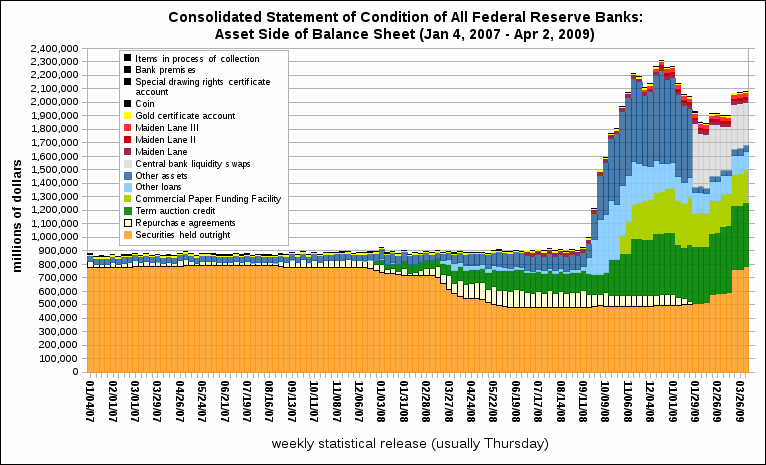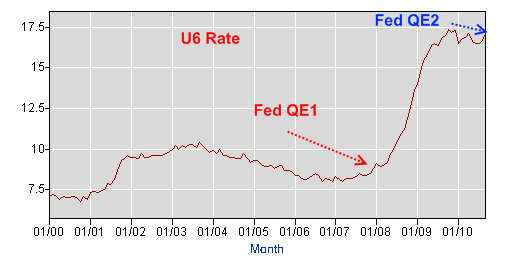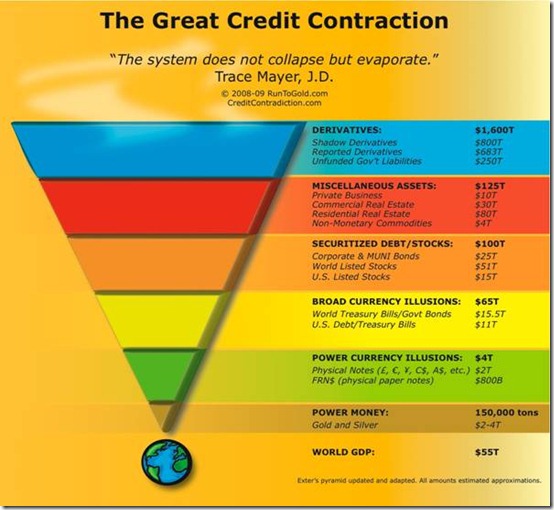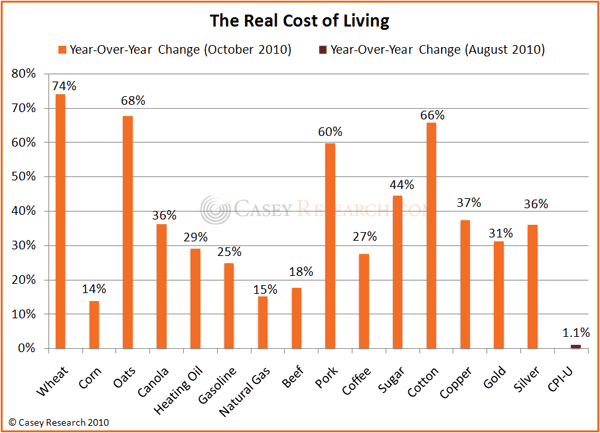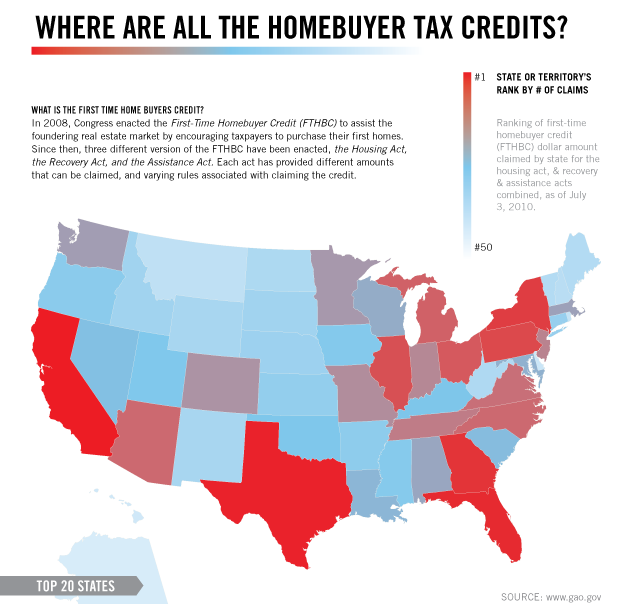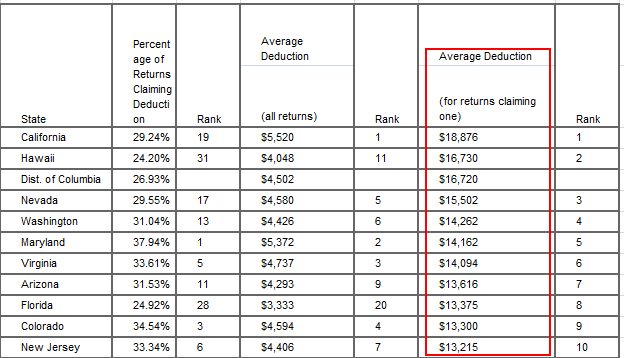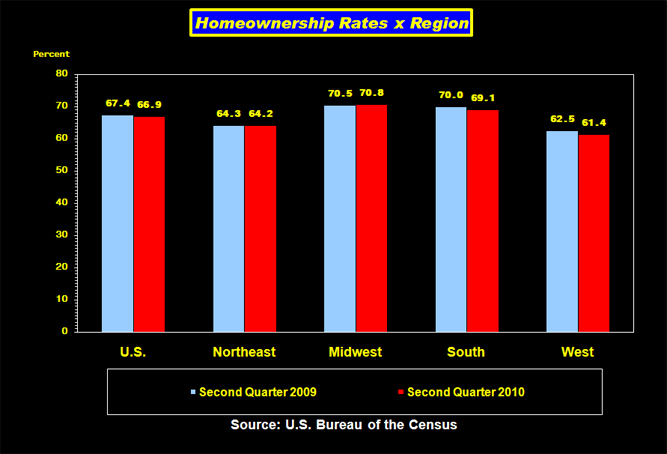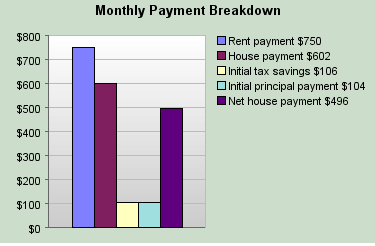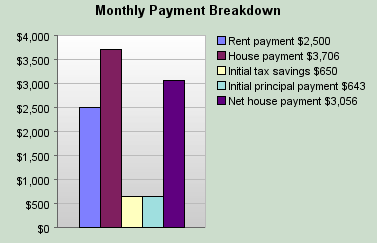Cumberland’s Oil Slickonomics – Part 13 – Idle Iron
Posted By thestatedtruth.com on November 8, 2010
Oil Slickonomics-Part 13-Idle Iron
November 8, 2010
In our recent comment entitled Oil Slickonomics Part 12 we discussed how the federal government is implementing a policy that functions as a de facto moratorium, even though the Obama administration has formally lifted the de jure oil drilling moratorium. We appreciate the readers who responded, and we particularly thank Loren Scott for providing extensive data in his slides.
Little known, but not a secret, is a new policy coming from the same administration. It is adding to cost and discouraging drilling. After talking with Loren about this technical subject, he agreed to offer a brief description. His comments follow.
“I mentioned in conversation the issue of “idle iron”, which is levying new costs on the offshore US oil and gas extraction industry. On September 15 the Bureau of Ocean Energy Management, Regulation and Enforcement (BOEMRE) issued a new Notice to Lessees (NTL) regarding wells and platforms in the Gulf of Mexico (GOM). According to the new NTL, if a well has not produced for 5 years or more, it must be plugged and abandoned within 3 years. For a structure, if it has not produced for 5 years or more it must be removed (decommissioned) within 5 years. Â
One reason for this schedule that was offered by BOEMRE was “Ageing infrastructure adds to environmental risk which increases during storm season.” My first thought on hearing this argument was that two of the worst hurricanes in US history Katrina and Rita tore right through the heart of the offshore industry in 2005, and there was not a single significant spill offshore. (There was a significant spill ONSHORE when a tank in the Murphy Oil tank farm shifted and spilled its contents into St. Bernard Parish.)Â
When BOEMRE issued this new regulation, the agency estimated that 3,500 wells would have to be plugged and abandoned (P&A’d) over the next three years, and 650 structures would have to be decommissioned. Based on some data I received from major operators in the GOM, I estimate it costs an average of $750,000 to P&A a well and $1.9 million on the average to decommission a platform. Thus, the estimated cost to the industry to P&A the 3,500 wells would be about $2.625 billion, and to decommission the 650 structures will cost an estimated $1.235 billion a total cost for the new regulation of about $3.8 billion.Â
Mark Kaiser at LSU’s Center for Energy Studies estimates the price tag at $1.4-$3.5 billion, so we are right on top of each other’s estimates. According to Kaiser, the top two companies with the greatest liability under this NTL are Chevron and Apache, with about $1-$2.5 billion in exposure. Note the word liability in that last sentence. This new regulation simply increases costs to operators in the GOM. It is $3.5+ billion that could be spent on exploration, but instead just reduces the bottom line.Â
There is a set of companies that gain, of course: those whose specialty is P&A and decommissioning work. One reporter argued that this would “create jobs” for the region. My response: “Why don’t we require every 100th household in the US to purchase a horse-drawn buggy? That would “create jobs” in the buggy industry.  But it would also destroy jobs in areas where that money could have been used more efficiently.Â
We again thank Loren for sharing his observations with readers. At Cumberland, we remain overweight in the energy sector and expect the oil price to continue with its upward bias. We also expect the upward price in gasoline, diesel, and other related petroleum products to persist. The impact will be a marginal slowing of the US economy’s growth rate as American consumers reallocate portions of their income from other sectors to meet their energy costs. Remember: a higher gasoline price acts like a sales tax. The beneficiaries are mostly the foreign nations that sell oil to us. Venezuela’s Chavez is among them. Other beneficiaries include countries, like Iran, that achieve a higher US-dollar oil price even if they do not ship oil directly to the United States.
On another note, we heard from Jim Lucier about Washington’s antics and the oil spill.  Jim notes that the investigative commission is engaged in hearings right now. The focus is on prevention of a future catastrophe but there will plenty of evidence to suggest that blame for the Macondo disaster can be spread around most of the actors.  We believe that none of the companies involved–BP, Halliburton, or Transocean–will come out of the hearing looking particularly good. Says Jim.
There is a lot of time ahead before the final chapters on the BP oil spill will be written. Stay tuned.
David R. Kotok, Chairman and Chief Investment Officer
*********
Copyright 2010, Cumberland Advisors. All rights reserved.


